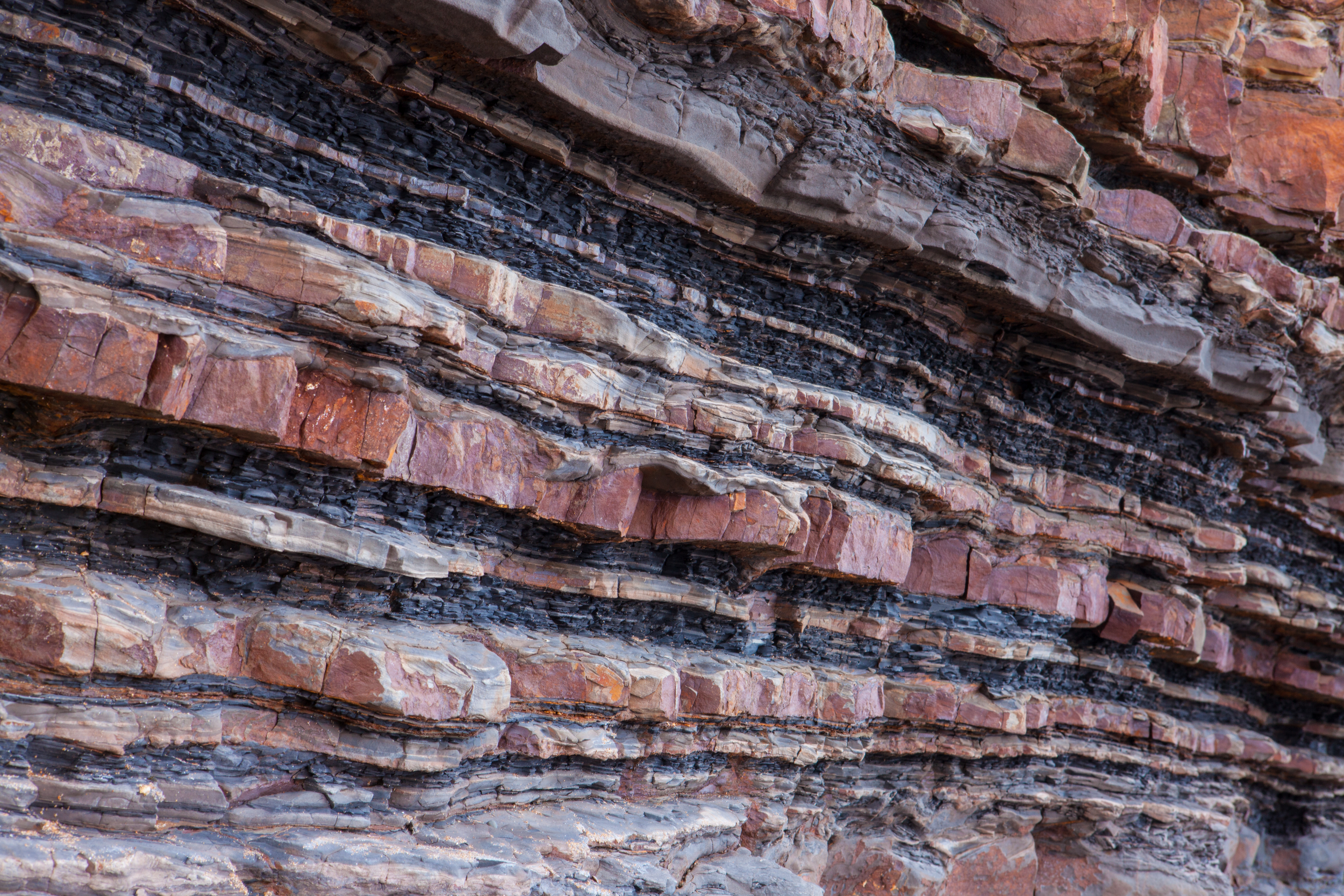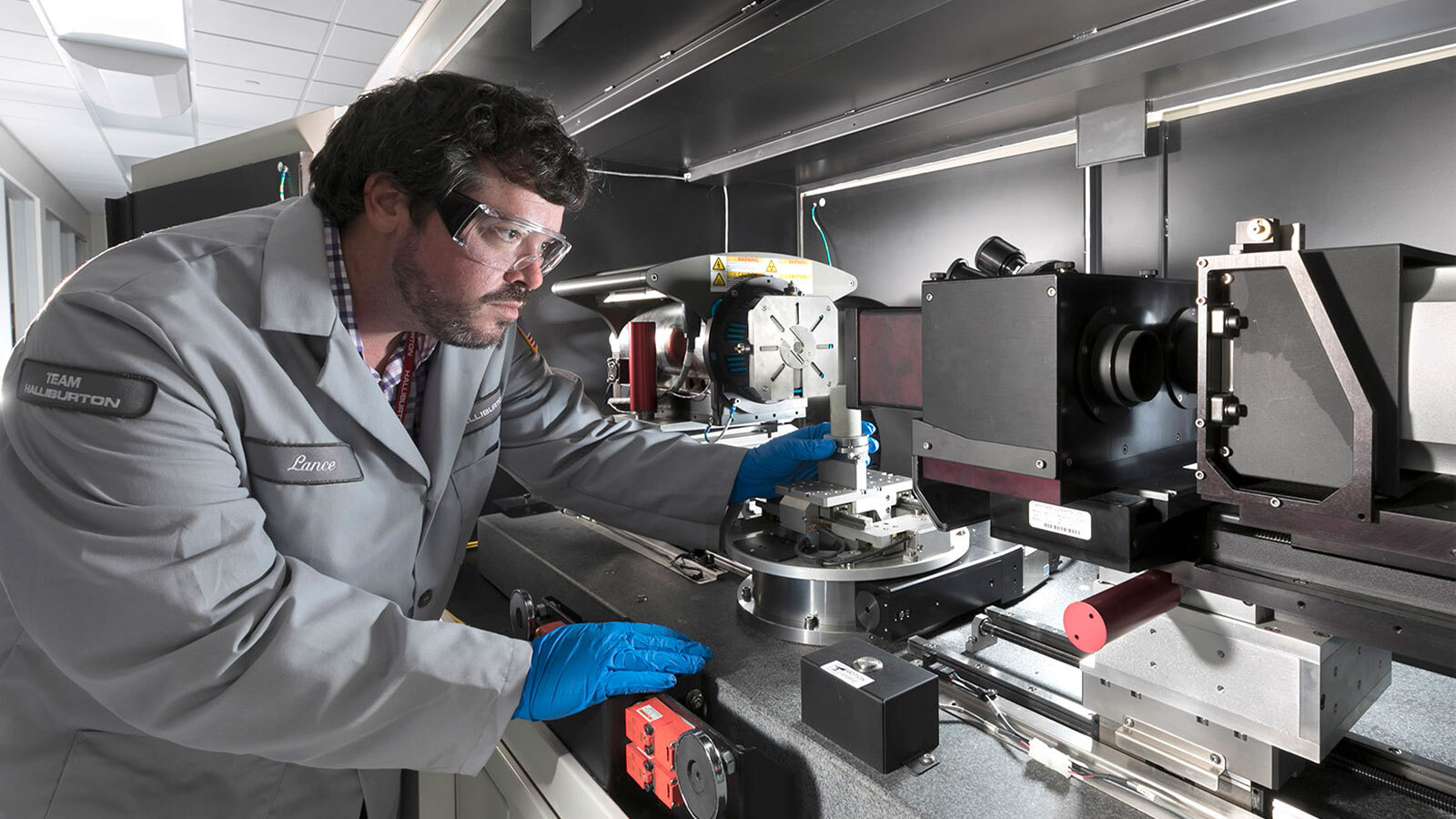 Search
Search
 Search
Search

Ingrain's digital and physical rock analysis enhances understanding of reservoir rock properties where conventional techniques cannot resolve
Download PDFUnconventionals

Enhance understanding of reservoir- and completion-related rock properties

Wolfcamp Formation, Delaware Basin

The subject well for this project was drilled in Culberson County, Texas and was sampled in the upper Wolfcamp formation of the Delaware Basin. A multifaceted core analysis program was conducted to gain a more thorough understanding of reservoir- and completion-related rock properties at multiple scales using digital and traditional core analysis. Imaging and digital rock properties were obtained from 246 feet of core, cuttings, and plugs. Wireline log data obtained on this well included triple combo with microlog, spectral gamma ray (SGR), image log, elemental spectroscopy log, and a cross-diplog sonic. Digital rock data from the plug sample was upscaled to the whole core scans, and continuous vertical curves were computed for mineralogy, brittleness index, total organic carbon (TOC), porosity, and permeability.
The key production drivers in heterogeneous plays, like the Wolfcamp formation, are difficult to quantify with conventional methods due to the scale at which these beddings occur. These sometimes act as frac barriers. In shale unconventional plays, it is also critical to understand the connectivity of the different porosity types (organic and inorganic) present in the reservoir, as well as the permeability occurring within the pore network.
Digital Rock Analysis was run in support of building better-resolution petrophysical and geomechanical models for comprehensive reservoir understanding. Ingrain proposed a multifaceted core analysis program, combining digital and physical rock analysis. Ingrain’s CoreHD® service set the framework for the core analysis program. This helped also obtain early visibility into the critical properties of whole core and quickly discriminated lithology, rock facies, and depositional sequences. It also guided the sample selection recommendation and ensured the adequate characterization of the rocks with greatest reservoir potential, saving the client time and money. A total of 34 plugs were selected for digital rock properties. The remaining portion of the end trim, plug, and the second plug taken at the same depth were used for quantitative Fourier Transform Infrared Spectroscopy (FTIR), XRD, LECO TOC, and GRI tests. Digital rock analysis uses SEM images (ZoneID® service) to quantify the distribution of volume fractions of effective porosity (PhiE), organic matter, and porosity associated with organic matter (PAOM).
The SEM (ZoneID service) and FIB-SEM (PoreHD® service) analysis and results from plugs were incorporated into the high-resolution petrophysical analysis as calibration points. Thus, Ingrain was able to estimate total porosity (PhiT), PHiE, PAOM, and permeability as continuous logs along the cored interval, which is not possible with other techniques. After the integration of the data at multiple scales, potential frac growth barriers or impediments were identified. A new landing target depth was proposed for future wells.
More information about this case study can be found in URTeC paper 2461526, Integration of Whole Core, Drill Cuttings, and Well Log Data for Improved Characterization in the Wolfcamp Formation.

Accurate predictions of net-oil or gas in-place and game changing pore- to reservoir simulator- upscaling. Combines physical lab measures and simulation.

Calibrate logs with organic matter volume, porosity types, and sizes from 2D or 3D SEM to better select landing zones and quantify relative producibility.
